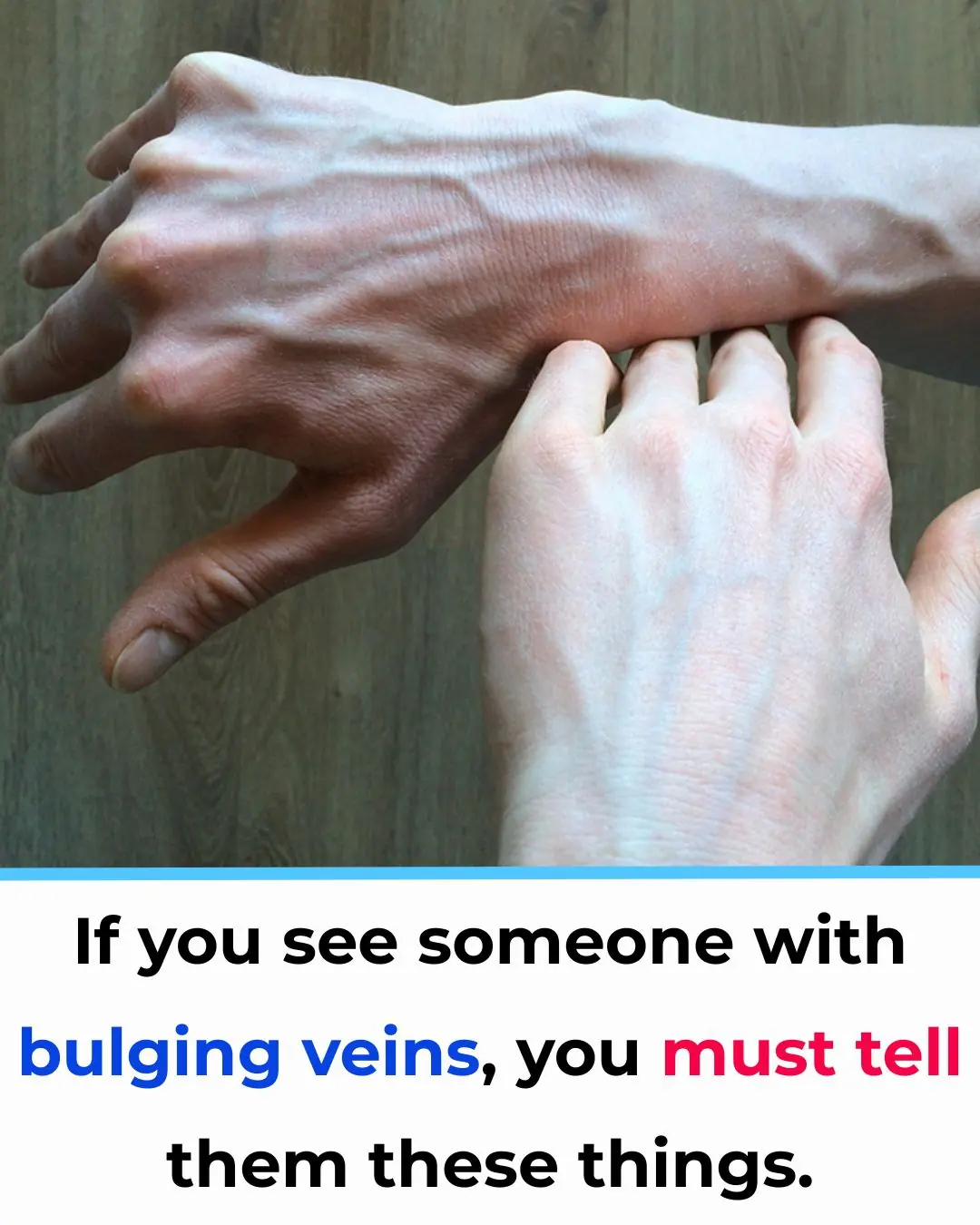
Warning to People Who Regularly Walk Around Their Homes Barefoot
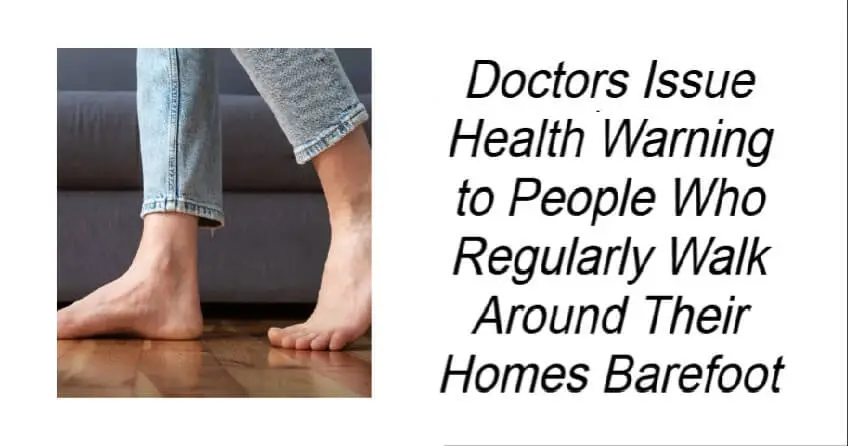
If you enjoy walking barefoot around your home, health experts caution that this habit isn’t without potential risks.
Whether you leap out of bed each morning and let your bare feet touch the floor or kick off your shoes the moment you return home from work, doctors have some valuable insights about the benefits and drawbacks of going barefoot indoors.
Why Walking Barefoot Can Be Beneficial
Dr. Conenello, a podiatrist specializing in foot health, strongly supports barefoot walking as an effective way to strengthen the muscles in your feet. He explains that walking without shoes helps enhance intrinsic muscular strength, which is often neglected when we rely on footwear.
“As soon as you put on socks or shoes, you change the natural mechanics of movement,” Dr. Conenello said. “Walking barefoot allows the muscles in your feet to fully engage, which plays a crucial role in maintaining mobility, especially as we age.”
In addition to muscle strengthening, walking barefoot can improve proprioception—your body’s ability to sense its position and movement. This heightened awareness helps with balance and coordination, potentially reducing the risk of falls in older adults.
The Connection Between Shoes and Weak Feet
Just like any other muscle in your body, the muscles in your feet can weaken over time. Wearing shoes constantly can limit their natural engagement, which may contribute to weaker feet. This muscle weakness can negatively impact your balance, posture, and overall mobility in the long term.
“Many of the foot and gait issues I encounter in my practice are linked to a lack of proper muscle activation due to overdependence on shoes,” Dr. Conenello added.
Furthermore, overly supportive or restrictive footwear can sometimes exacerbate the problem by making the foot muscles lazy, since they don’t have to work as hard.
The Skin Benefits of Going Barefoot
Dermatologist Dr. Hannah Kopelman highlights several skin health advantages of walking barefoot at home.
“Allowing your feet to breathe reduces moisture buildup, which in turn lowers the risk of fungal infections such as athlete’s foot,” she explained.
Walking barefoot also stimulates sensory receptors in the feet, creating a grounding and soothing experience. “Feeling different textures underfoot can be relaxing, almost like a natural reflexology session,” Dr. Kopelman said. “For people without underlying skin or foot conditions, barefoot walking can promote mindfulness and a better connection with your environment.”
The Risks of Walking Barefoot Indoors
Despite these benefits, walking barefoot indoors may not be safe for everyone. Certain groups should exercise caution or avoid it altogether, including those with:
-
Diabetes or poor circulation: Even small cuts or injuries to the feet can lead to serious complications.
-
Sensitive skin or chronic conditions like dermatitis or eczema: Bare feet are more exposed to irritants and allergens.
-
Existing foot or joint problems: Walking barefoot on hard surfaces can cause fatigue, exacerbate plantar fasciitis, or lead to joint pain.
Dr. Kopelman warns that hard floors can place excessive stress on joints and bones without proper cushioning, especially for individuals with pre-existing conditions.
Dr. Conenello also notes that prolonged barefoot activities, such as standing for long periods while cooking or doing chores, can create uneven pressure on the feet, resulting in discomfort or injury.
How to Stay Safe While Going Barefoot
If you choose to go barefoot at home, good foot hygiene is essential to minimize health risks:
-
Wash your feet regularly to remove dirt, sweat, and bacteria.
-
Dry your feet thoroughly, especially between the toes, to prevent fungal infections.
-
Moisturize daily to keep skin healthy and prevent cracking.
For those who want protection without fully wearing shoes, socks can be an excellent alternative. “Socks provide a soft buffer between your feet and hard surfaces,” said Dr. Conenello. “They reduce impact while still allowing natural foot movement and muscle engagement.”
Balancing Benefits and Risks
Walking barefoot offers several advantages, including stronger foot muscles, improved balance, and increased relaxation. However, it’s important to weigh these benefits against potential risks, particularly if you have underlying foot issues or medical conditions.
If you experience foot pain, discomfort, or have health concerns, consider wearing supportive socks or indoor slippers that provide cushioning and protection while allowing your feet to move naturally.
Ultimately, finding the right balance between comfort, health, and safety is key to maintaining happy, healthy feet. Listening to your body and practicing good foot care habits will help you enjoy the benefits of barefoot walking without unnecessary risks.
News in the same category

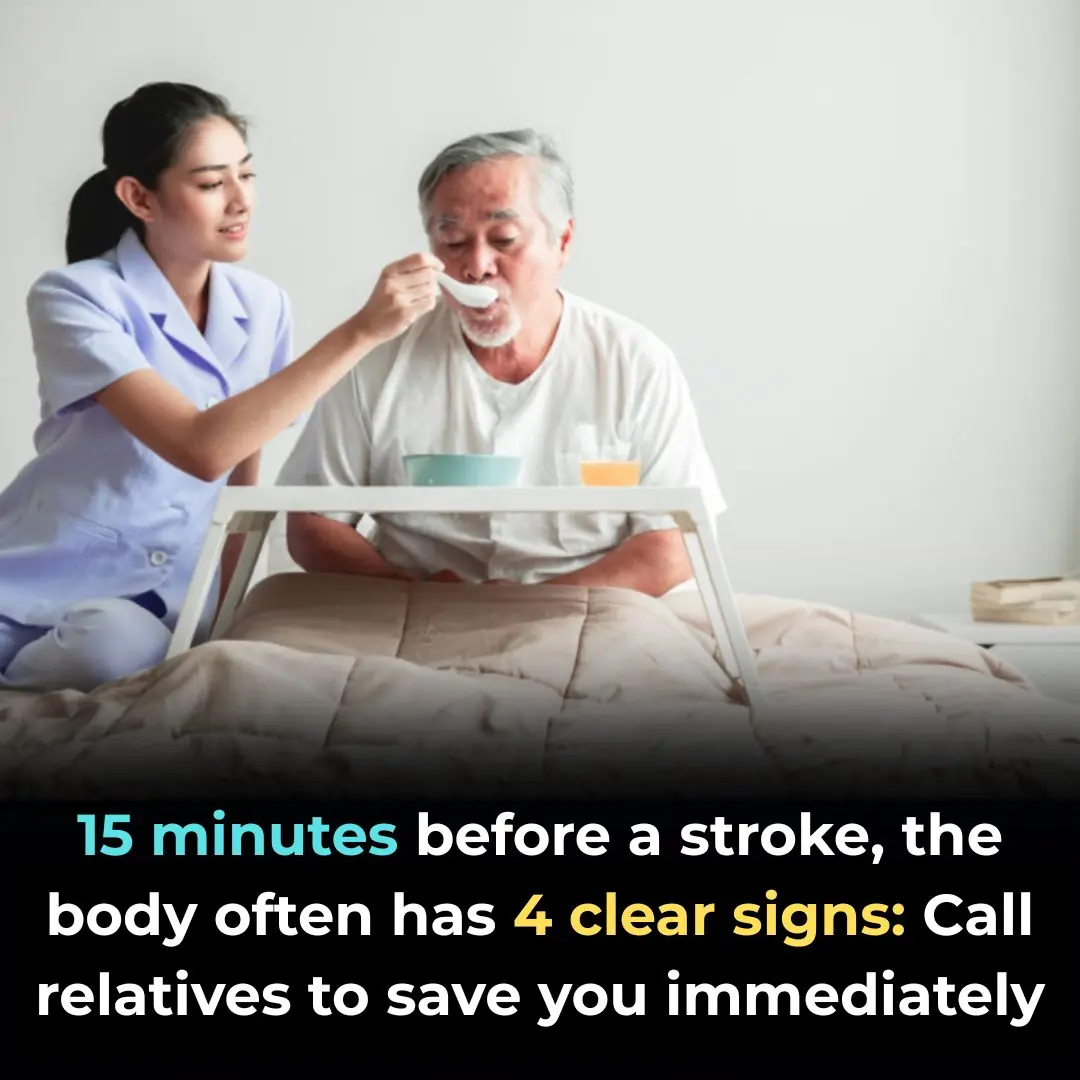
4 Clear Signs That Appear 15 Minutes Before a Stroke: Call for Immediate Help

Alarming Study Links Eating Ramen Often to Early Death

3 Ways to Stop Acid Reflux Naturally

Don’t go to sleep without taking this — 1 cup before bed clears excess sugar

12 Weird Diabetes Skin Problems You Need To Know

Doctors REVEAL that guava leaf tea causes in...

Simple Ways to Lower Cholesterol Naturally
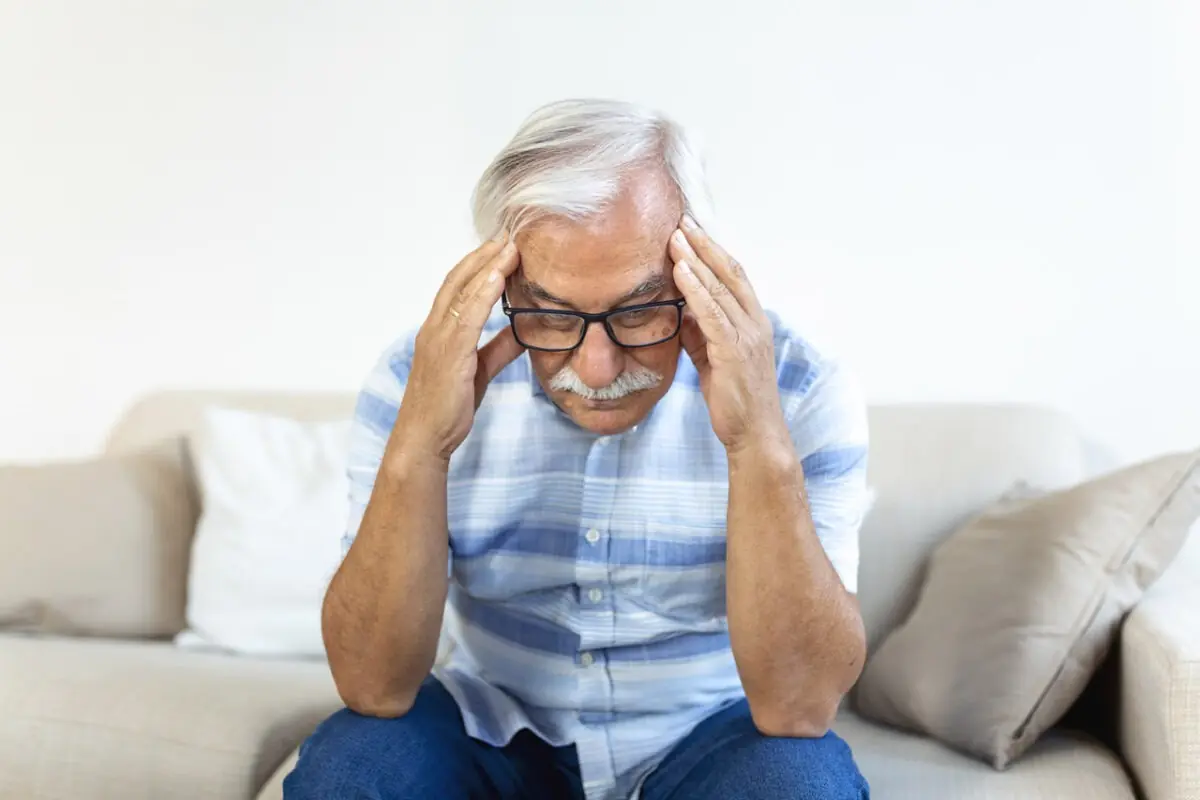
10 Simple Lifestyle Changes That Drastically Reduce Your Stroke Risk

Ginger and Red Date Tea: The 97-Year-Old Grandma’s Secret Longevity Drink
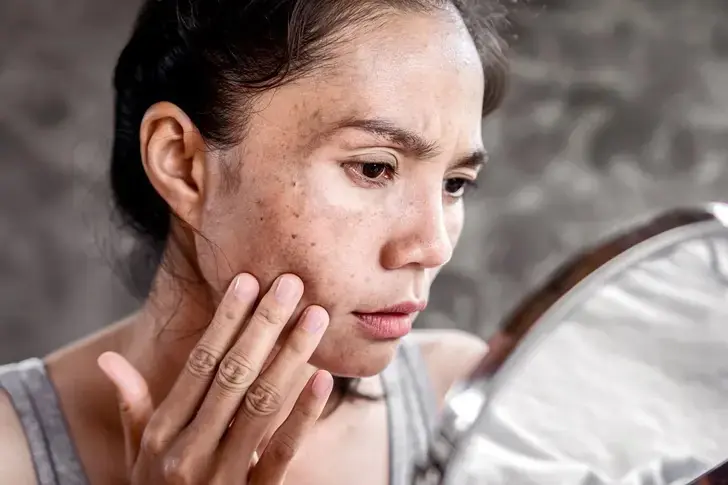
How to Remove Age Spots Naturally with Lemon Juice

Molasses Stops Insulin Resistance Almost Immediately — Here's How to Use It
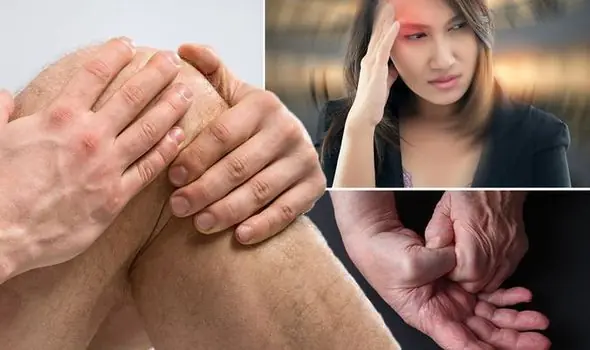
15 Silent Signs You’re Dangerously Low on Vitamin B12

The Potassium Powerhouse: What Eating Bananas Daily Does to Your Blood Pressure

A Powerful Two-Ingredient Mixture for Cleansing Your Liver

One Vitamin That Could Transform Your Circulation
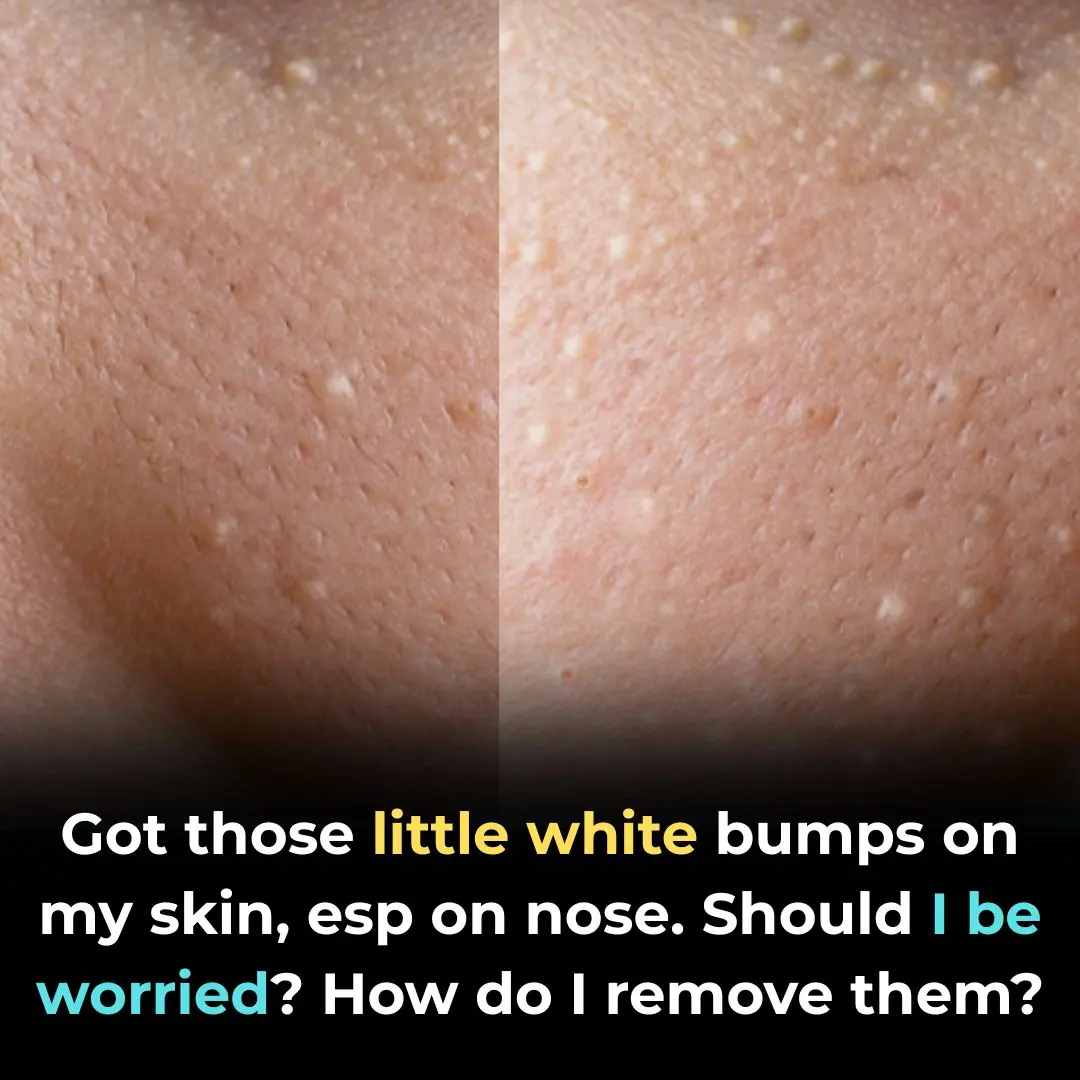
White Bumps on Your Face Don’t Try to Remove Them

Signs and Symptoms That May Indicate High Cholesterol Levels
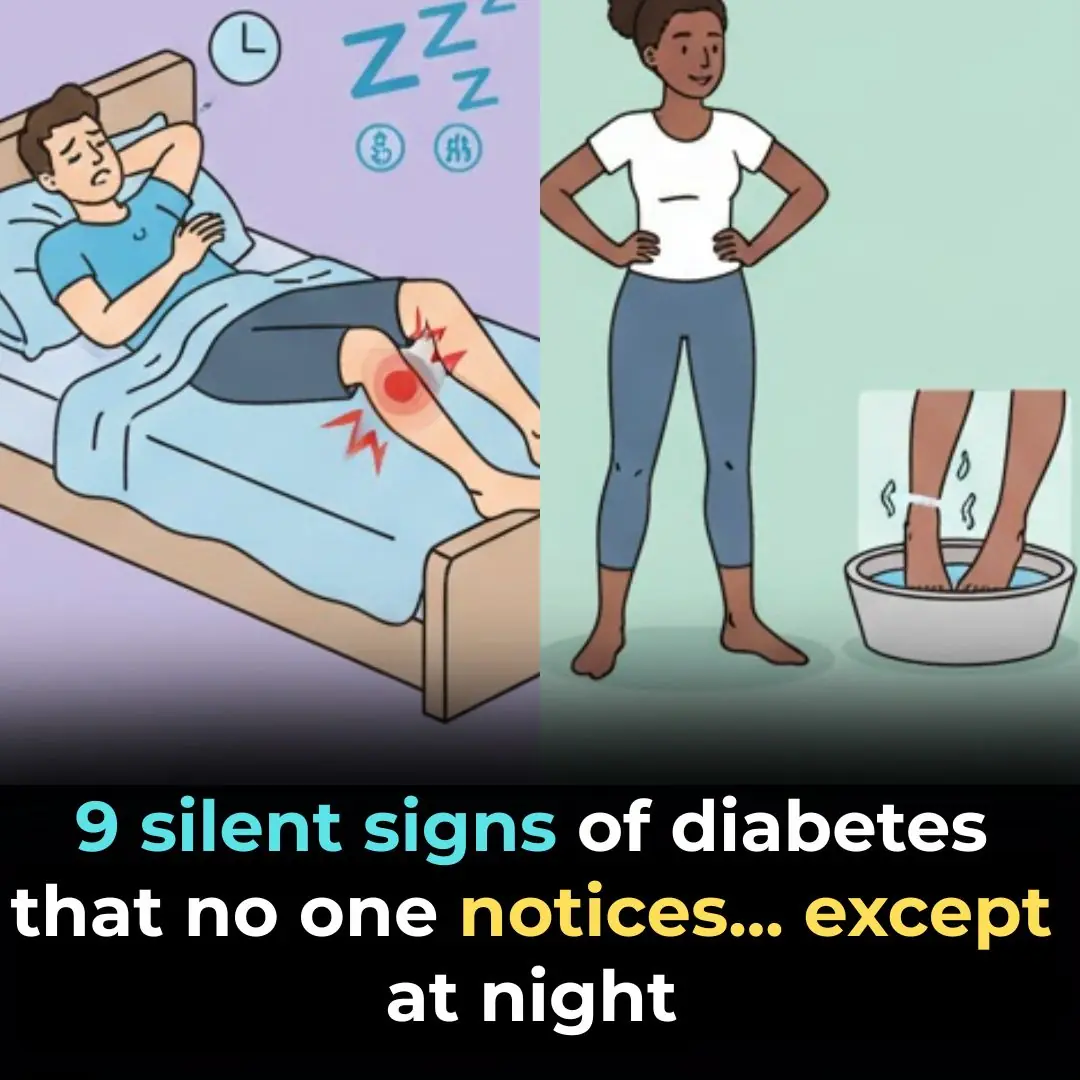
9 Signs of Diabetes That Appear at Night: What You Need to Know!
News Post

Ginger, Soursop, Sorrel, and Turmeric – The Miracle Drink

Kyllinga brevifolia (Rottb): Benefits and How to Use It

Purslane: The Superfood That Tastes Better Than Meat – 7 Reasons to Grow It in Your Garden

Papaya releases a milky sap, but most people don’t realize how important it is

Discover The Miraculous Benefits of Moringa

Bryophyllum Calycinum (Kalanchoe Pinnata): Benefits and Uses

How to Quickly Get Rid of Bed Bugs, Cockroaches, Fruit Flies, and Other Insects Using Natural Ingredients

Fig Leaves: Surprising Benefits and Uses

BREAKING NEWS 🚨 Due To This Hunter’s Moon Earth Will Be Completely…See More

BREAKING NEWS 🚨 Due To This Hunter’s Moon Earth Will Be Completely…See More

BREAKING NEWS 🚨 Due To This Draconid Meteor Shower Earth Will Be Badly Effected Because…..See More

BREAKING NEWS 🚨 Due To This Hunter’s Moon Earth Will Be Completely…See More

Almost 30,000,000 Apple and Samsung users could claim part of huge £480,000,000 payout

Xbox users all say same thing following GameStop's decision to keep Xbox Gamepass at $19.99

Apple just added a new app to iPhone with iOS 26 and most people have no idea

Creators of ChatGPT reveal 44 jobs at highest risk of being taken over by AI in future

Lard vs. Cooking Oil: Which Is Better? Many People Still Misunderstand This Issue

Miraculous: Placing an Orange Beside Your Bed Can Surprisingly Improve Your Health

If You See Someone With Prominent Blue Veins, You Definitely Need to Tell Them This—It Could Save Their Life
